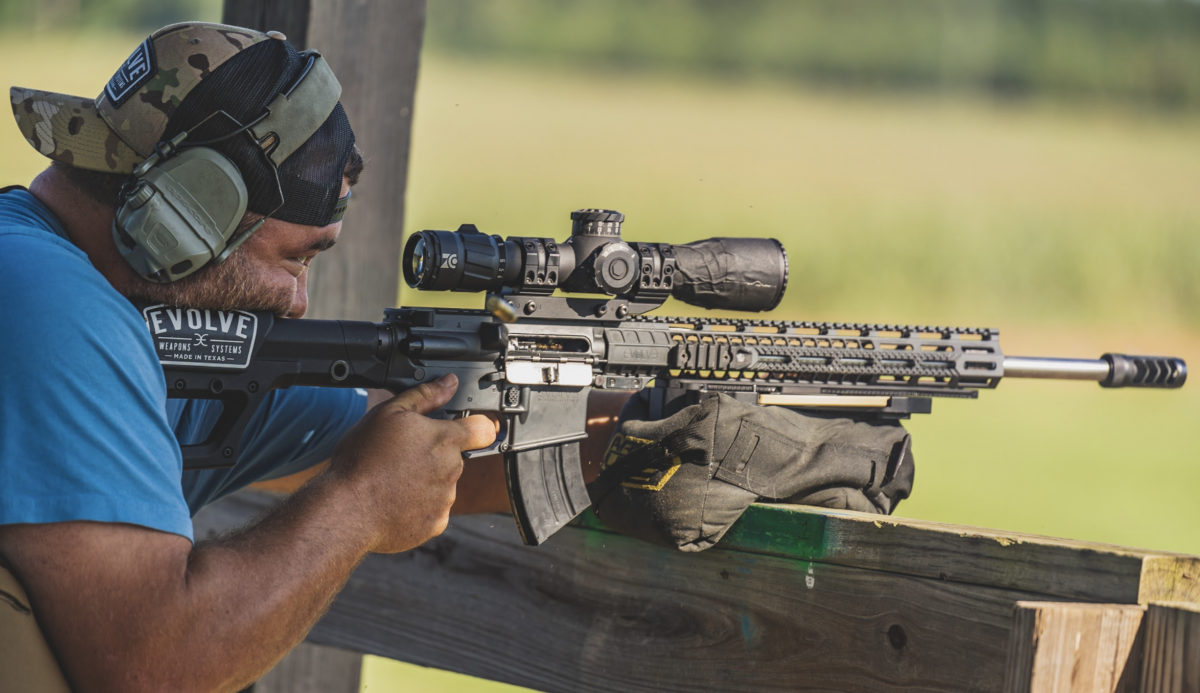
With Quantified Performance celebrating three years of putting on gas gun matches, we reached out to Jack Leuba of Quantified Performance (and Knight’s Armament) to discuss its growth, how matches might change in the future, trends he’s observed, and practical advice on how shooters can improve their performance.
As background, Quantified Performance Matches are focused on semi-automatic precision rifles, with ranges from 100 to 1000+ yards. These two-day events test even the best competitors over either 8 or 16 stages of competition.
Q: Jack, can you talk a bit about the growth of Quantified Performance over the last three years?
Jack Leuba, Quantified Performance – The growth has been interesting. Right now, we are in an odd economy where people’s travel, gas prices, shipping, and ammo scarcity are all occurring at once. So the growth we see inside of a depressed economy is a pretty good indication of how much people are enjoying Quantified Performance matches. This is especially true as Quantified Performance is not the only game in town. You have PRS doing their thing with the Gas Gun division, etc.
Discussing our growth is interesting, as it’s not necessarily straightforward. We have to think about what we are doing to grow, but we also have to consider when growth is not what we want.
The purity of the product is critical to Ash Hess and me. We want to ensure Quantified Performance events are not just other “things” that are happening and that they continue to represent us and what we want going forward.
Q: What does that mean exactly…representing your vision?
Jack Leuba, Quantified Performance – It means finding a range that can accommodate the right amount of people, finding a range director who knows what they are doing, has the experience, can put on a good event, and has the distances that participants want to shoot at.
With it being a time-based event, we have to use shot timers, so we have to have space in between shooters currently executing a stage of fire. Due to the nature of our matches, what we do takes more room than a PRS event, making it more challenging to plan.
We’re also looking for a range director who understands how to get people to shoot and get hits quickly with a gas gun. We also need someone who can create a match covering all the divisions we offer. We need to have a fun match for a guy shooting a 5.56 with a 1-6x optic and someone with a 19-pound 24″ 6mm GT with high magnification, and everything in between. It takes a special kind of match director to pull that off. We’ve been lucky finding folks like that so far.
Quantified Performance started running out in Vegas. They have an excellent range and a good crew of guys who know what they are doing. It has made the matches run very well.
Up in Quantico, we’ve got a shooting club there running matches, and while it’s a little bit closer than we’d generally run due to range constrictions, it’s a good match run by people who know what they are doing…
We get approached by others to do matches elsewhere, but it’s just not that simple. We have to make sure the product going out is the product that we want to go out.
Q: Can you give us a quick reminder of the idea behind Quantified Performance matches and the different divisions that exist today?
Jack Leuba, Quantified Performance – This is not a PRS where you have 90 or 120 seconds, and the only thing that matters is how many targets you hit. It is a time-based event, and the guy who hits the most targets in the shortest amount of time is the person who wins that stage. That said, we want people to bring guns that they want to shoot, or that is their work or hunting gun. This is why we created the different divisions.
We have a General Purpose Division. Imagine your general 5.56 carbine that you’d pull off the shelf to shoot a 3-gun match. The limit is the barrel length (18.5″) and amount of magnification on the gun, with no limit on ammo capacity.
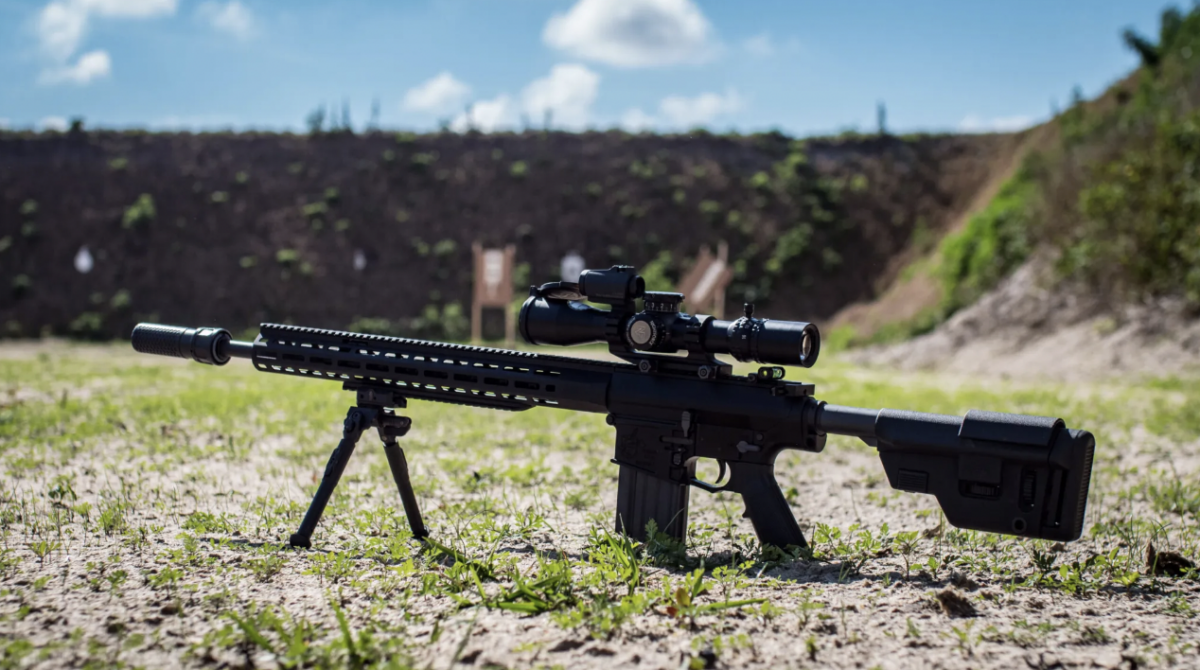
It’s a way to show precisely what low-power variable optics can do and why different reticles, turrets, and methods of making these optics matter. The idea is to find technologies, be they a caliber, an optic, a projectile, or a rangefinder, and use them within a sea of competitors and see if that thing really matters or not. It allows us, as a community, to learn.
We then have the Practical Precision Division, which is intended to provide a competitive atmosphere for mid-to-long range rifles that are appropriate for real-world use, specifically service and department-issued rifle systems. Magazine capacity is limited to 20 rounds, which makes it so shooters ask if it is really worth it to shoot a 5.56 gun, or should they go with 7.62 or something different.
Finally, we have our Open Division, where all bets are off. It’s where shooters competing in the PRS Gas Gun could bring that gun out. It’s kind of a different gun from the other two divisions. It provides a competitive advantage in a mid to long-range scenario…
Q: Can you talk about any noticeable trends you’ve seen in the past three years since you started?
Jack Leuba, Quantified Performance – What I see mostly is people chasing calibers. A lot of that is trying to beat the effect of wind, which is a leading cause of misses, other than instability. Because of this, I am seeing many people going over to 6mm ARC, and even 6mm Creedmoor, 6.5 Creedmoor, etc..…all to get around issues with wind.
My observation is 6mm ARC does not seem to like 5.56 frame guns. If someone made a bit larger receiver so it could better accommodate the round stack and magazines, and you had magazines purpose-built for 6mm ARC, I think you’d see its popularity improve further.
Right now, I see people having issues getting the guns to run consistently. When they do run, shooters are pretty happy with them. When 6mm ARC are not running well, I see shooters losing time trying to get rounds out of guns. Or, the gun just stops working, and they stop shooting the stage altogether.
I also see things where rounds are going a little too fast. Not specifically in 6mm ARC, but in general with non-traditional ammo…trying to push 6 and 6.5 bullets a little too fast and running into issues. I think a lot of people are learning that stuffing an alternate caliber into a large frame AR is not quite as easy as building a 7.62 or 5.56 gun.
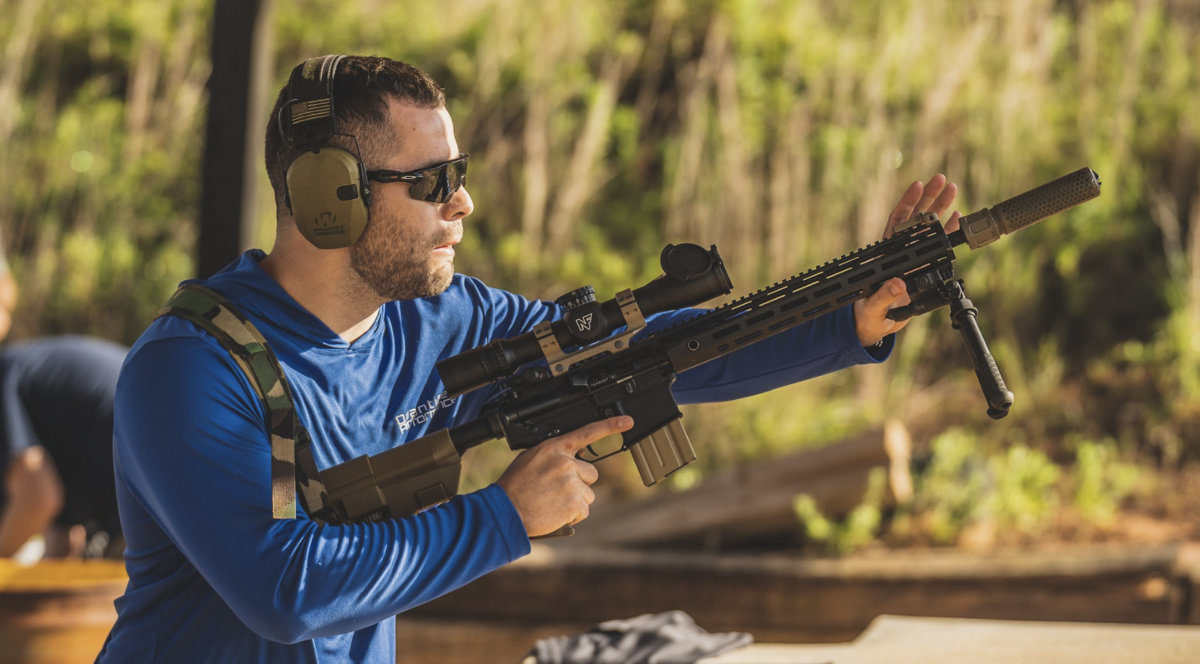
Q: Do you find an over-emphasis on caliber and/or equipment?
Jack Leuba, Quantified Performance – I spend a lot of time telling people that they worry too much about the caliber and not enough about practice. How many people can tell you what their gun number is, the real effect of an uphill/downhill slope or what they are seeing for wind when it is coming across different terrain features?
It does make sense as there are people with a lot of disposable income, and there is an ability, to an extent, to buy performance. That can be with shooting 6mm ARC versus 55-grain 5.56, or being able to run a Kestrel 5700 versus just running geoballistics off of your phone. Even just buying a good set of binoculars to watch people that shoot before you will make a difference.
Speaking of equipment as it relates to Quantified performance, moving forward, I want to get away from that barricade/benchrest mentality. Quantified Performance isn’t supposed to be “easy PRS.” It’s about shooting a gas gun fast and processing stages quickly.
It’s so easy to fall into the idea of putting your Gamechanger or Tricorne on a barricade, setting your rifle on it, shooting the targets, and moving on. This idea of “bag management” is something participants will see less and less of at Quantified Performance stages in the future.
We want to push speed to the point where that bag may no longer be the correct answer. Perhaps it is, but we want to push towards reduced reliance on gear to find the solution to the stage. I think the really interesting things are not the gear you bought, but rather what you’ve learned and practiced.
Q: What physical skills do you need to work on if someone wants to practice for an event like this? And is there a mental aspect that people should be working on?
Jack Leuba, Quantified Performance – I’d say do not get discouraged if you can’t always shoot long range. If you only have a 100-yard range, you can get a lot out of that. You can still see your stability level, and you can see how you and your gear integrate in multiple positions on a single target.
Also remember, not everything has to be a ½ MOA group, because not everything downrange is a ½ MOA target. It’s more about the size of the target and how much wind you have across that target. Shoot on paper with a high degree of accountability and a high degree of immediate visibility of your performance.
The next thing you need to do is shoot at a distance in differing wind conditions. You need to get out into wind conditions that are not necessarily fun to shoot in. Get out there and collect that data. Pay attention to how your perception of the wind compared to what the bullet is telling you.
The bullet doesn’t lie. Where it went is where it went. That was the truth at that moment, and it was a snapshot. If you were stable, and you were right and didn’t do anything wrong, whatever deflection that you saw, that was the truth. Set everything else up accordingly. The ‘wind gods’ just told you want to do. Pay attention, and you’ll be good.
There is also a mental component that shooters need to work on. This is a big thing that does not get enough attention. How do you approach a stage with the concept of pulling ego out of it?
We talked a bit about bags earlier. Well, you can imagine a situation where someone might forgo using a bag, thinking that they don’t ‘need’ it. Well, if your decision does not give you a competitive advantage, then you’re making a bad choice. Later they’ll brag that they came in 5th but didn’t use a bag. My thought is that they might have come in first if they had put ego aside and used one. I never shoot a match to lose or without giving it 100 percent.
When you lose your ego, and instead put your competitive edge forward, take the things you’ve learned, use gear you know works, and you have proper experience with that gear, that’s the combination that will lead you to success and performance improvement.
With Quantified Performance, I see people shifting away from the strict idea that “guns are shot on my belly from a bipod, loading the bipod as much as I can.” They realize that instead, bipods are only perhaps a 25 percent solution. That’s so important to understand.
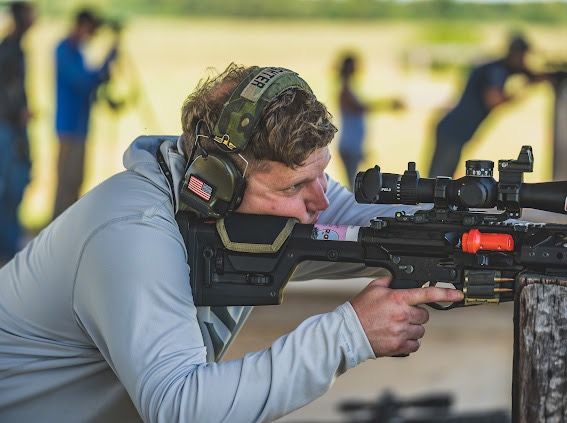
Similarly, if all you are doing is visiting the range, zeroing at 100, then confirming drops at 600, 800, etc., and then packing up and going home, that’s not going to give you any sort of competitive advantage.
Rather, you need to be taking the gun and moving it around, setting it on different things, seeing what happens, seeing how you perform. Then, it would help if you worked on gaining a realistic understanding of how much movement of you are going to have, how much movement you are going to have under recoil, and how fast you can accomplish tasks. This is how you get more successful.
From there, you need to think about building and breaking positions…going from your starting position, into your firing position where you have adequate stability, getting the gun on target, breaking a good shot without disturbing the appropriate point of aim. Working on this makes all the difference in the world. If your readers have the ability, this should be their goal as they work towards becoming better competitors.
###

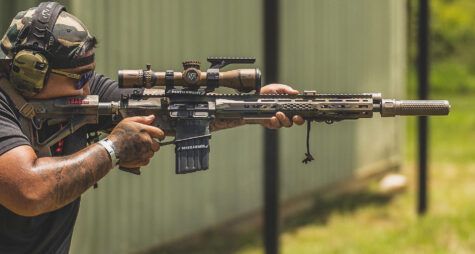

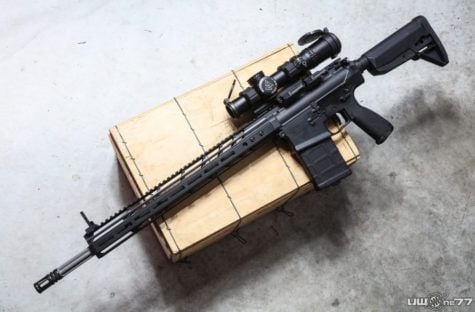


[…] Quantified Performance – Becoming a Better Competitor with Jack Leuba […]